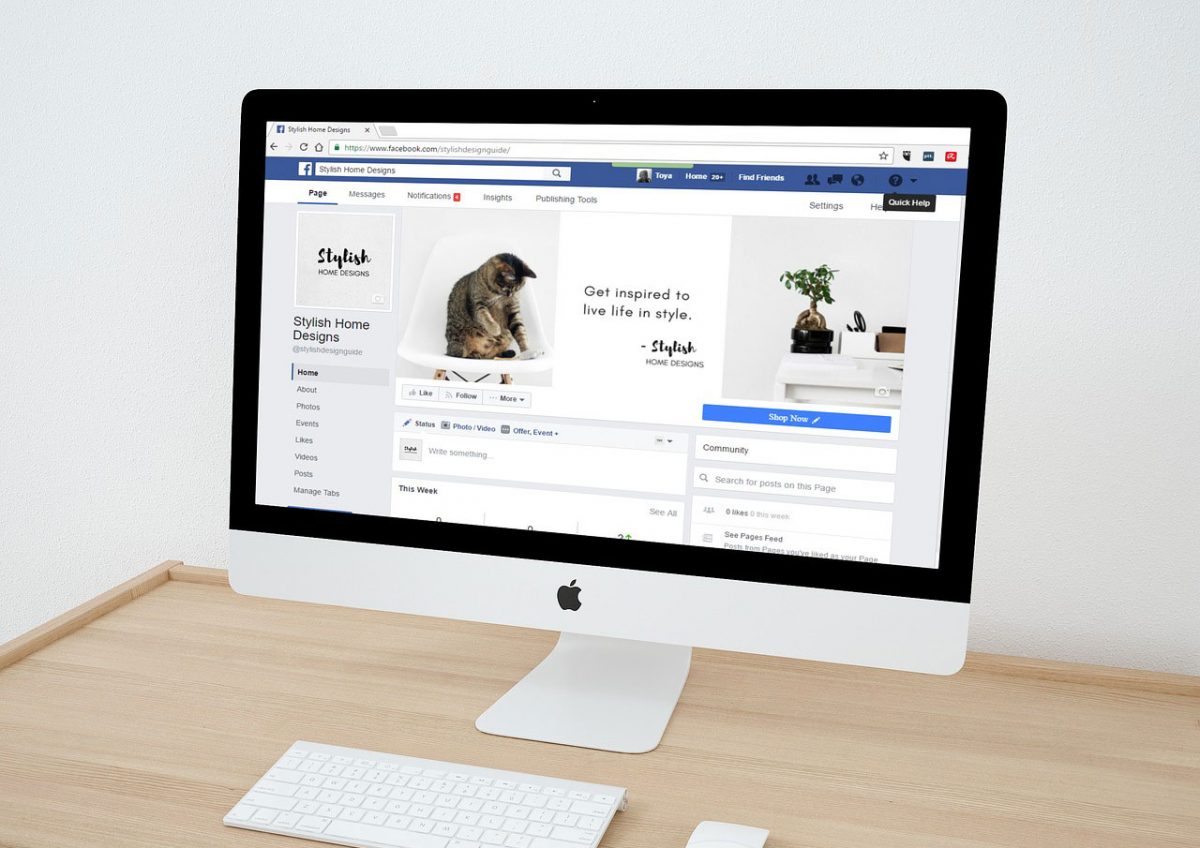Facebook has lessened organic reach and paid options are pretty much the way you reach more people. There are 2 options that business owners can do to gain momentum. Boost posts, the content you share on your page. Then pay for Facebook ads. Which require a bit more thought and strategy as you can set audience, interest, and more.
But how do you know which to focus on? Well, why not both?
Promote only your own content
It doesn’t help you to boost a post that is someone else’s content. Unless you are a corporate spy, because it only helps them not you. So only your, and what is useful. Don’t boost any post. Take your time to see what is getting traction. If you have a average of 50 impressions organically, then add $5 for a few days and bet on black. If you’re not even getting 50 impressions or 15, then review your content strategy closer. You may just be sharing things no one wants to stop and look at. Spend money on what’s working well organically. It’s different for everyone, so it’ll take time to figure this out and the money you want to spend.
It’s all about the audience and how they have you on their side. Be that brand that’s in their corner when they need a resource for how to find that help article on Facebook. As you craft and share content, pay attention to your organic reach, then decide decisively what posts get boosted.
Ads are campaign centric
Something boosted posts don’t do. An ad is within a campaign that has an objective. In your campaign you’ll have ad sets (to do a/b testing). And each set can have 2 – 4 ads with various placement or ad types (Image, Carousel, Video, ect.). Boosted posts are just that, posts you’ve shared that are elevated within your pages fan base to reach those people and their friends. They are not ads and do not have the power that ads do. But you can make a ad from a post, though I strongly don’t recommend that.
Metrics
Ads operate by a set of metrics that Boosted posts can’t, and don’t because it’s all about the audience you set. Something you’ll hear us say at Element 502 a lot. That’s because we see people throw away money trying to talk to the wrong folks or scream at them for attention. Or just throw a wide net and hope that something is caught. These approaches always fail.
Ads are making Facebook large sums of money, so before write this all off, keep reading.
Facebook’s 47% surge in ad revenue from the quarter a year earlier, to nearly $9.2 billion, owed in large part to strength in both video and mobile advertising. (source: http://adage.com/article/digital/facebook-brands-ready-6-video-ads/309929/)
Ad Formats
Some Ad formats to consider are the ones that your audience best responds to. The only way to discover that is to jump in small, and start rolling ads in specific campaigns. Then watch the metrics. You’ll quickly discover how and who is seeing and reacting to them. Are they clicking? Sharing, liking, or commenting? It’s hard at first but that’s a start.
Video Ads
Video is hugely popular of course, but making videos requires more than just hours. It’s an art that requires out of the box thinking that makes your videos interesting and make people share, not just watch the first 5 seconds. The idea is that you have to hit your audience with your message fast. So 6 seconds gives you a narrow window, but forces you to be more concise.
Most videos are viewed under 3 seconds. So 6 isn’t as crazy as it sounds given that metrics read by how many views you have that are 3 second ones. Attention spans are getting shorter. And people don’t really watch ads for entertainment. Except at the Superbowl.
We hope that this article helps to get you started on Facebook Advertising as it’s picking up speed.

